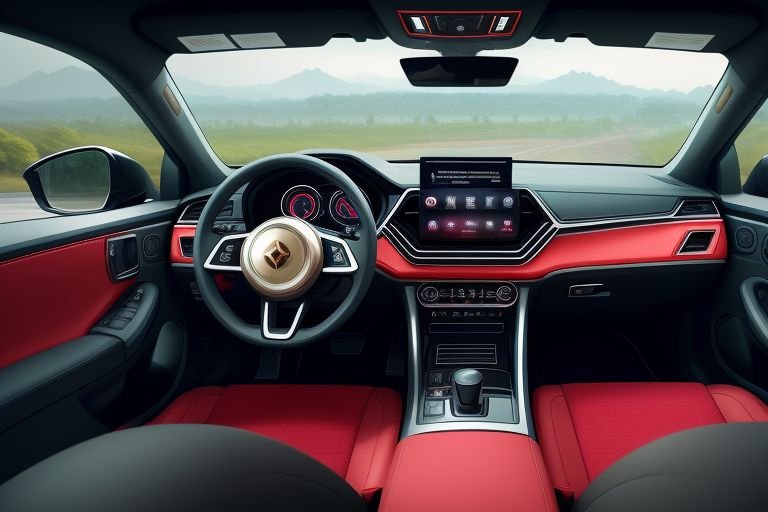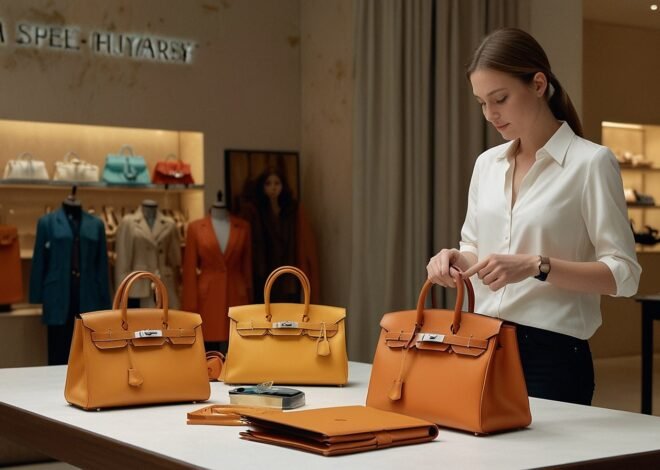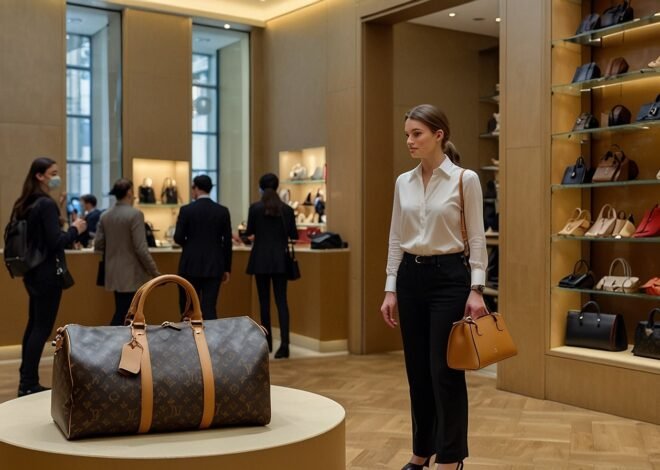
Indian Luxury Tech Innovation Drives Growth
It may be seen how India’s luxury goods market is currently undergoing an incredible shift due to Technology advancement, a shift to eco-friendliness, and customer preferences. As the global luxury sector feels the heat in the traditional markets, India seems to be the bright spot; the country has a rapidly expanding middle-class population and a fast-growing wedding market.
The market size of luxury goods for the financial year 2022 was $ 347 billion and India has been contributing a lot to the global luxury goods industry as has been highlighted in the Deloitte Global Powers of Luxury Goods report. The country is now the second largest consumer of gold jewellery globally, which is attributed to the growing middle income earners’ bracket and the wedding economy.
Another factor that fuels the growth of luxury goods market in India is effective use of technology with special emphasis on Generative AI (GenAI). The luxury brands that are into operation in India are using GenAI to provide customer satisfaction and support services to the Indian luxury consumers, who are becoming more technologically inclined.
The two biggest beneficiaries of this growth are the jewellery and the watches and the fine accessories. Many traditional gold retailers are now threatened by a host of today’s sophisticated retail chains selling well-recognized international luxury brands. This transition is revolutionising the market structure of Luxury Jewellery in India and has made the both domestic and international players to alter their strategies to accommodate the new buyer trends.
For instance, six Indian luxury players operating in the luxury jewelry vertical hold the position of 100 best luxury goods manufacturers today. New entrants in this segment are Malabar Gold & Diamonds, Senco Gold Limited and Thangamayil Jewellery Limited while it has major players Titan Company Limited and Kalyan Jewellers India Limited. These companies played a huge part in the industry attaining the 32. 8% composite growth in FY22, and the sale has grown more than 20%.
Another factor that have influenced the development of luxury goods market in India is sustainability. Consumers in India including the millennials and the Gen Z are becoming more conscious about sustainability and conscious luxury products. Changing consumers’ attitude in using luxury products has created pressures on the luxury brands to employ circular economy systems and incorporate sustainable systems.
Though luxury and technology are also applied in customer-facing applications in India, the above-mentioned two concepts are not only converged in customer-facing applications. However, there are some of the trends that are occurring behind the scene where luxury brands are using Artificial Intelligence, Machine Learning, and the Internet of Things (IoT) in the supply chain and trend analysis and also the issues regarding the authenticity of the product. All these technological advancements are believed to be in a position to help define future of luxury retail in India.
According to market analysts, the luxury goods market in India could increase to five times the current size in the next 15 years due to increase in the disposable income, urbanization and increasing brand consciousness. This projected growth is creating new opportunities from global luxury conglomerates to invest in the market that they foresee to be a long-term growth market.


